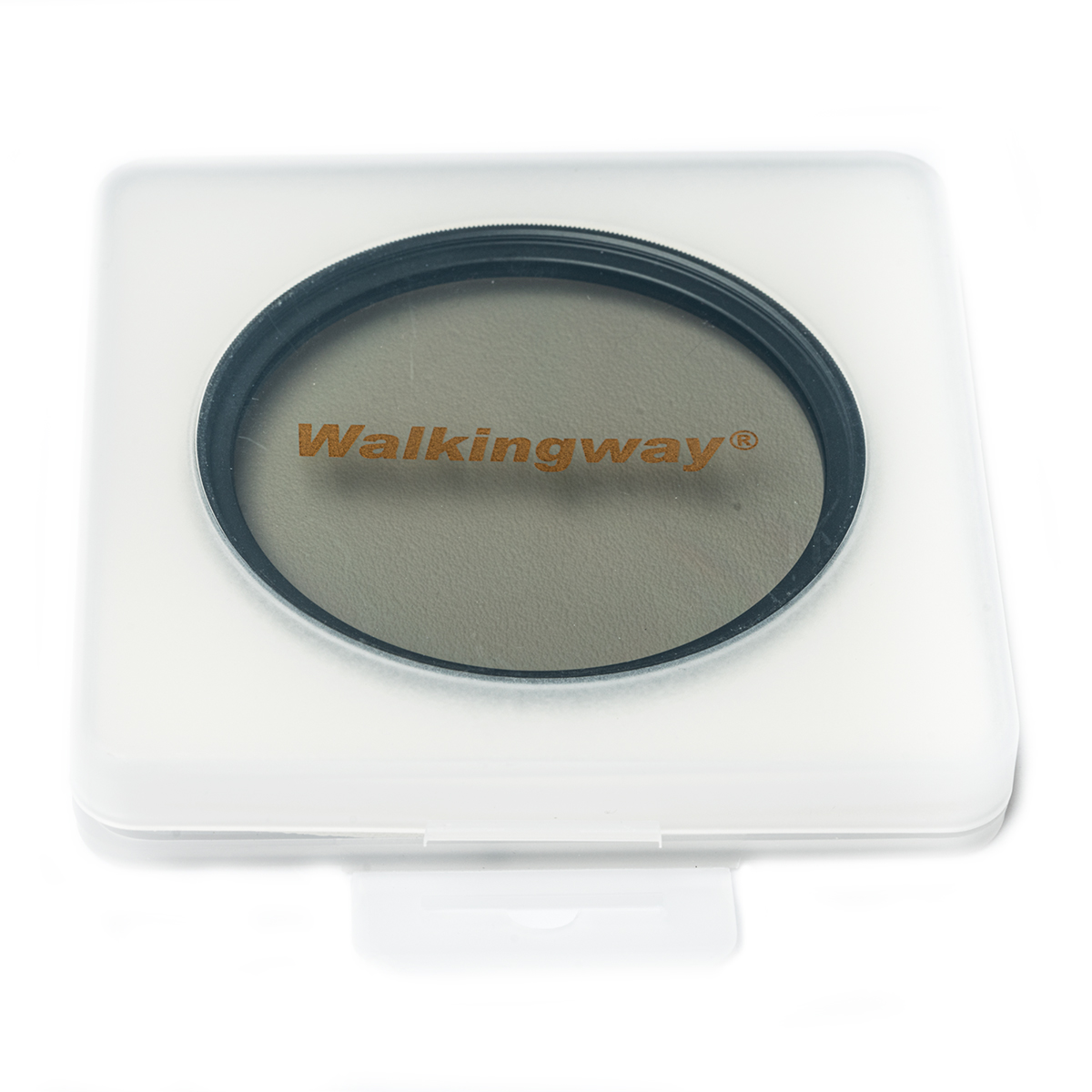Text: Vlad Shutov
In front of me are filters from the Chinese company Walkingway. All filters are very light, the frames are aluminum. The set is quite familiar and includes the following filters:
- ultraviolet filter "Walkingway Ultra Slim PRO
- "Walkingway
- "Walkingway Slim Soft Filter I"
- Polarizing filter "Walkingway HD Slim
— Neutral
Ultraviolet filter “Walkingway Ultra Slim PRO MC-UV”
This is a really thin filter (total thickness 0.55 cm, and excluding thread - 0.34 cm). What do we expect from an ultraviolet filter? In general, nothing special - we need good light transmission, preservation of color rendering and mechanical protection of the front lens element. It looks like the Walkingway company did a great job with this - there is no loss of sharpness, the colors didn’t fade, and the exposure meter showed no drop in illumination.
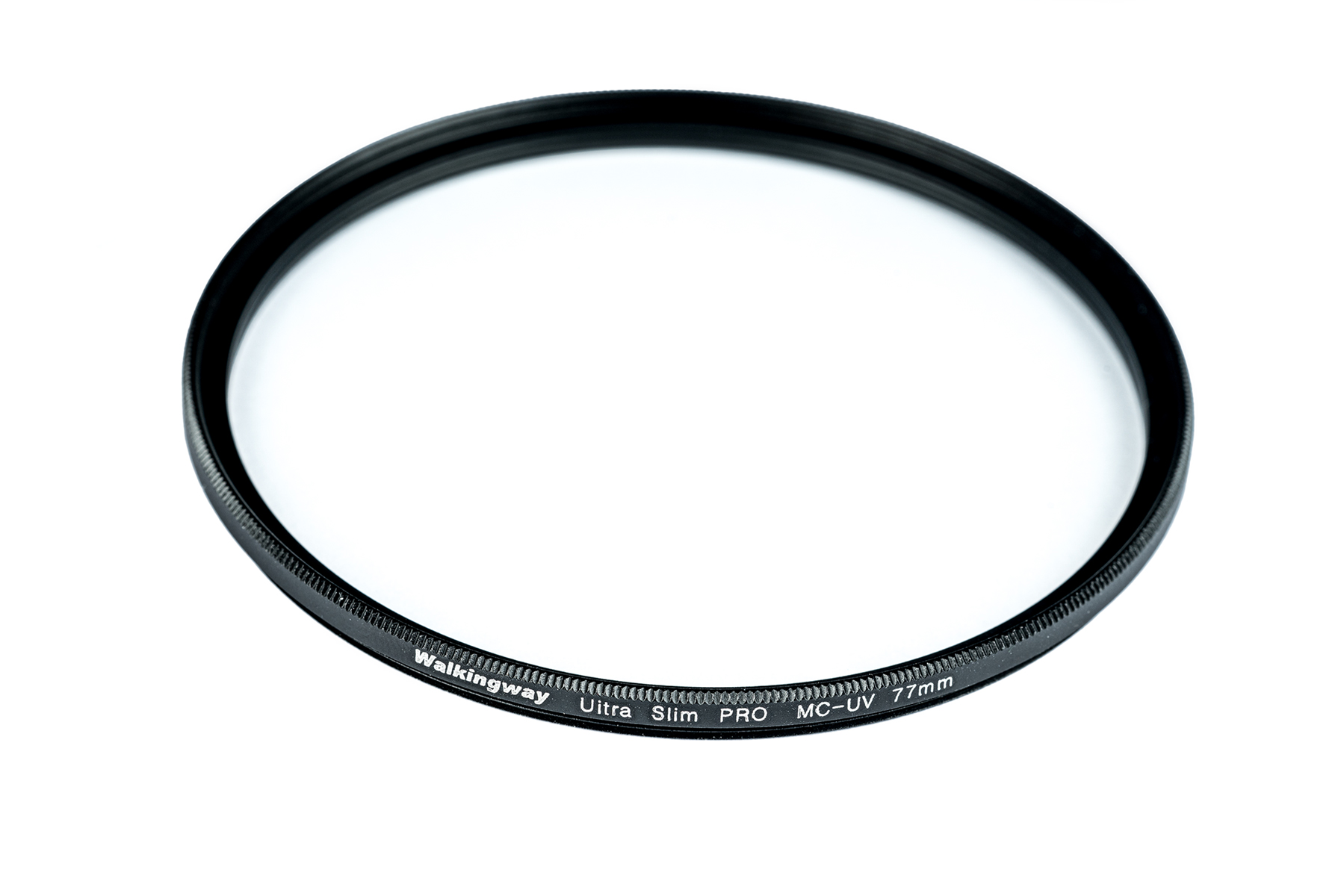
"Walkingway Black Mist ½"
With this filter, not everything is so simple. Theoretically, this filter works almost like a soft filter, but it has its own peculiarities - the blur should be more noticeable in the highlights and less in the shadows, giving a special atmosphere to the plot. And the strongest blur should be around bright light sources - light bulbs, candles, moon, etc.
For comparison, we will show photos taken with a soft filter,
a black mist filter and without a filter. Let's look at the differences.

Without a filter
.jpg)
Walkingway Black Mist ½
.jpg)
Walkingway Soft Filter
Let's figure out exactly how the images differ. Let's start by comparing the effects when using a soft filter and a black mist filter. As we can see in the shadow part of the face, the soft filter softened the entire area with an increased amount of gray, which resulted in some loss of shadow detail that should have remained. As for the black mist filter, it retained significantly more detail.
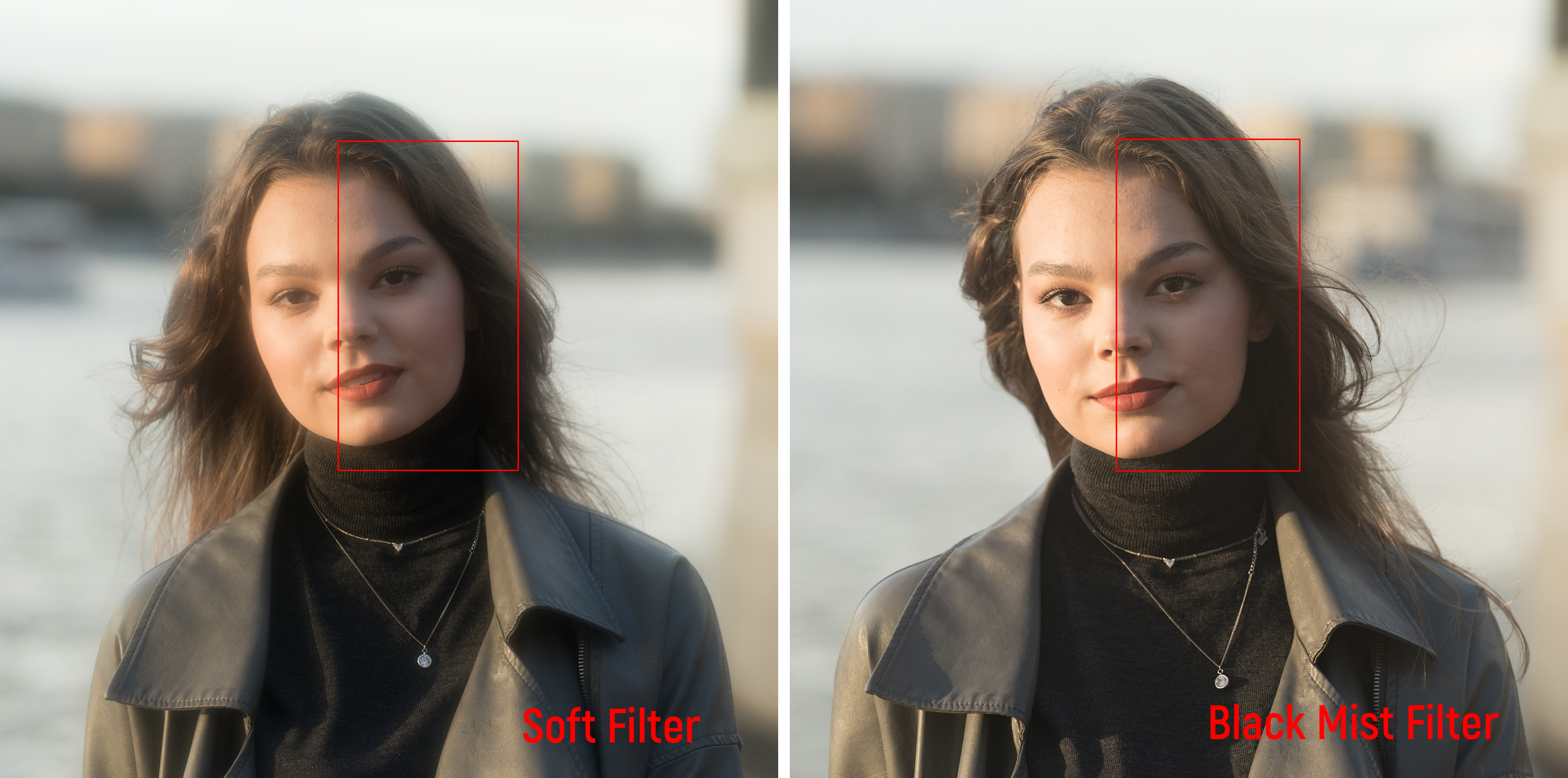
Let's compare the effect without a filter and with the black mist filter. The sharpness and contrast of the image without a filter is at a high level, without the feeling of a cinematic image. However, photography with a black mist filter immediately adds plasticity and artistry, making the picture look like something out of a movie.
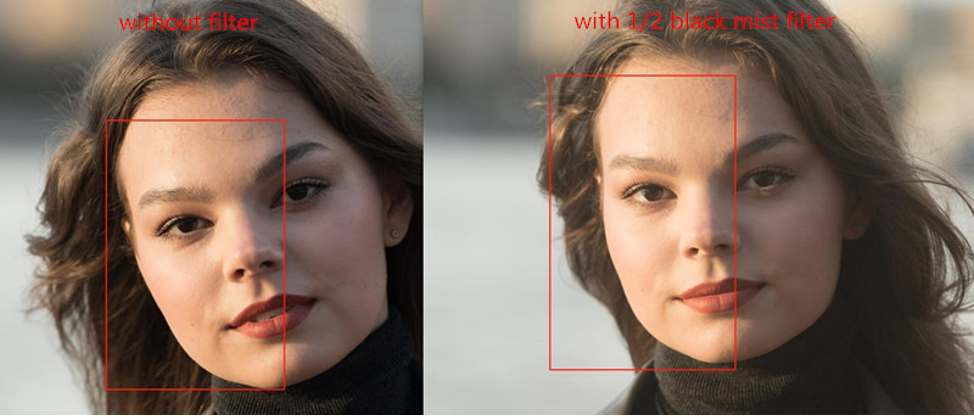
The use of a black mist filter smoothes the skin, removing excessive sharpness of the digital image, making the photo more artistic, while maintaining a sufficient amount of detail.
If you also like this cinematic effect, then using a black mist filter is a great and easy way to get a soft picture without additional processing, while maintaining high detail.
"Walkingway Slim Soft Filter I"
I definitely liked this filter. It gives a wonderful softness to the photo. It's a shame I couldn't try it on a bright sunny day, but it looks like the effect would be very interesting when shooting portraits or landscapes.

Walkingway Soft filter

Without a filter
Polarizing filter “Walkingway HD Slim MC-CPL Filter”
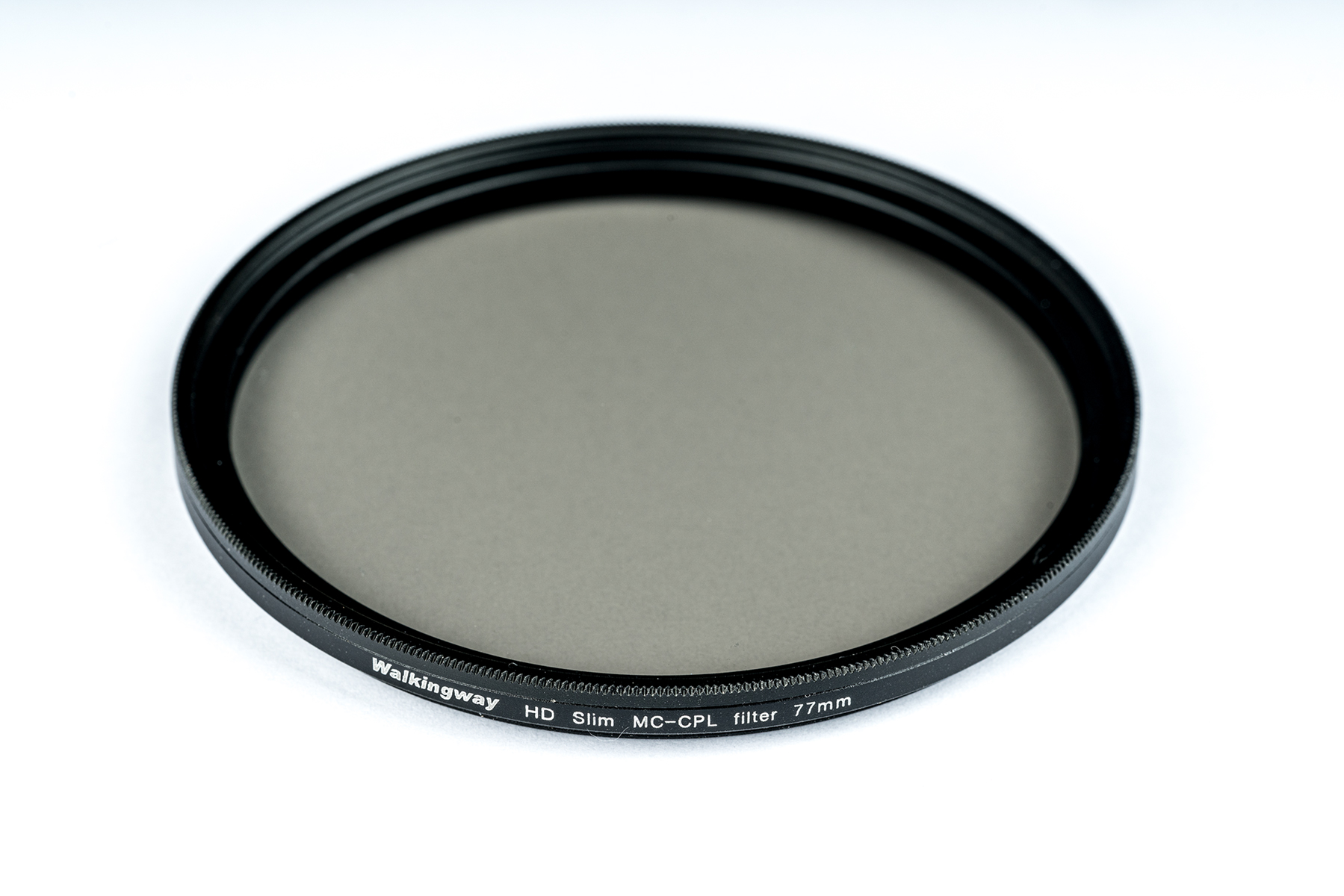
Most photographers have this type of filter. It is often necessary to remove excess glare on the water, for example, or darken the blue sky, make the clouds brighter and more prominent. And
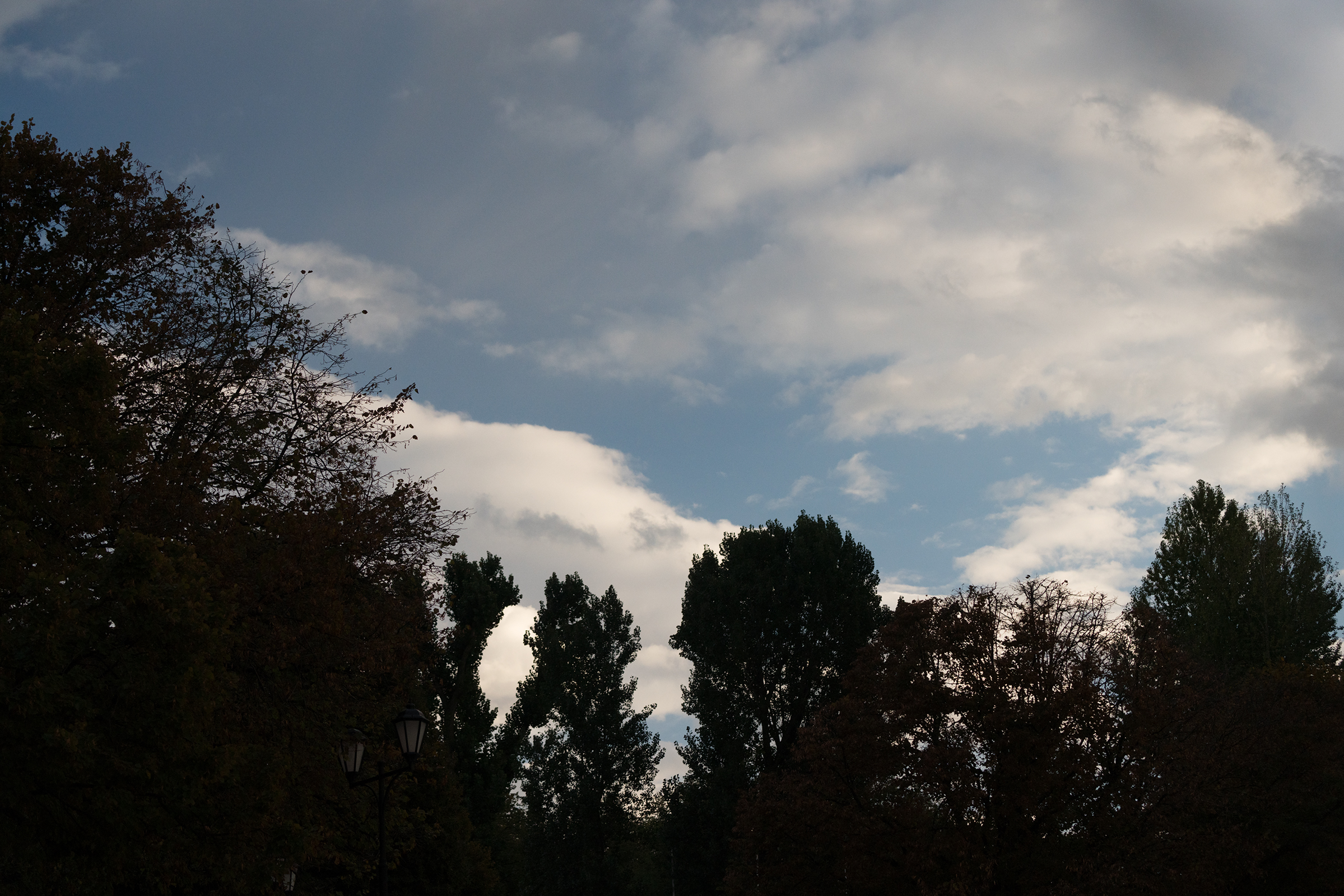
With Walkingway filter
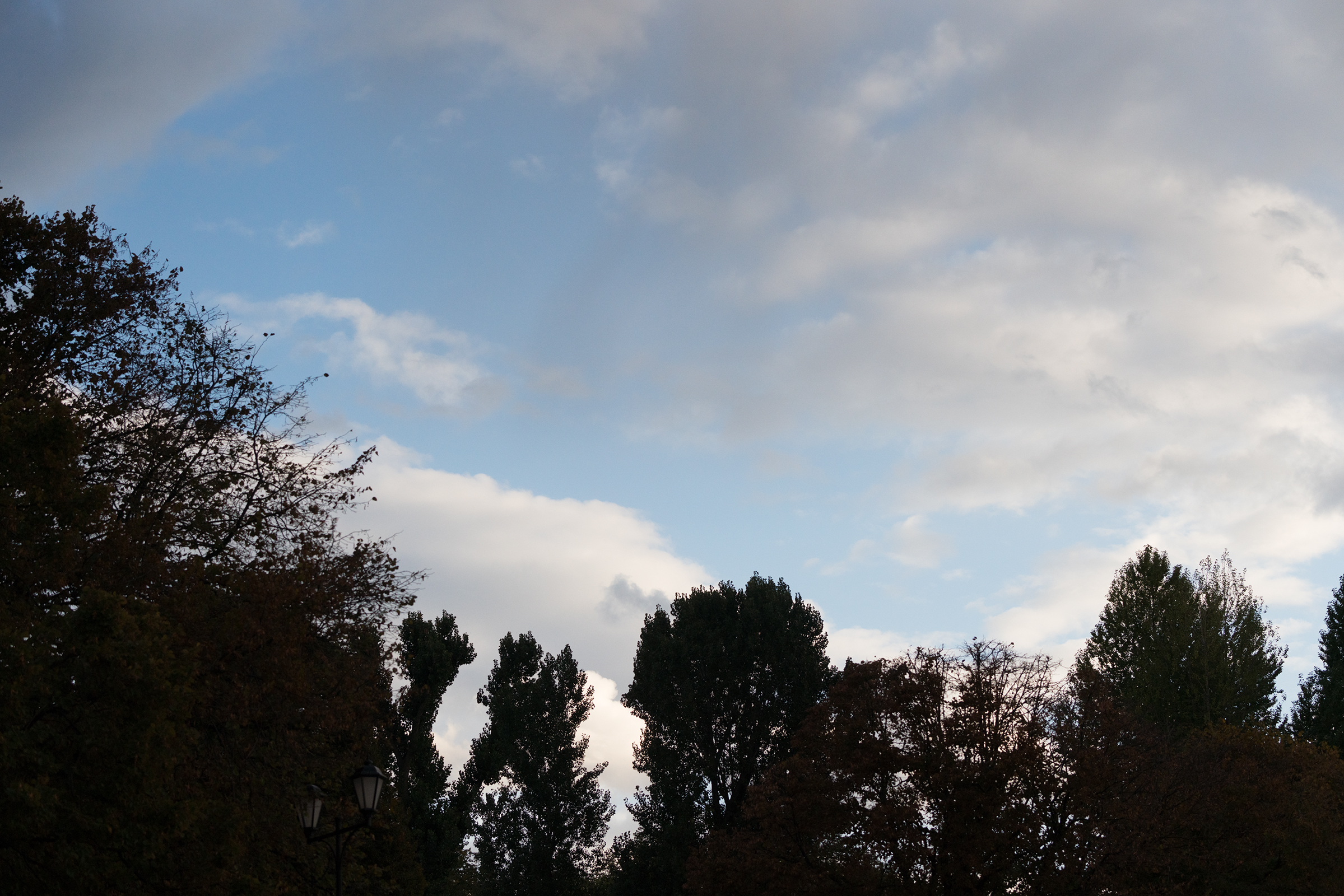
Without a filter

Without a filter

With Walkingway filter
Variable density neutral density dimming filter “Walkingway HD MC Fader ND2-400 Filter”
It was immediately noticeable that this filter makes the picture warmer, i.e. it is not entirely neutral, although this is not critical, in my opinion. Mechanically well made and easy to rotate. For the fingers, relief “swells” are made on the rotating part. The min, max, and intermediate points are indicated.
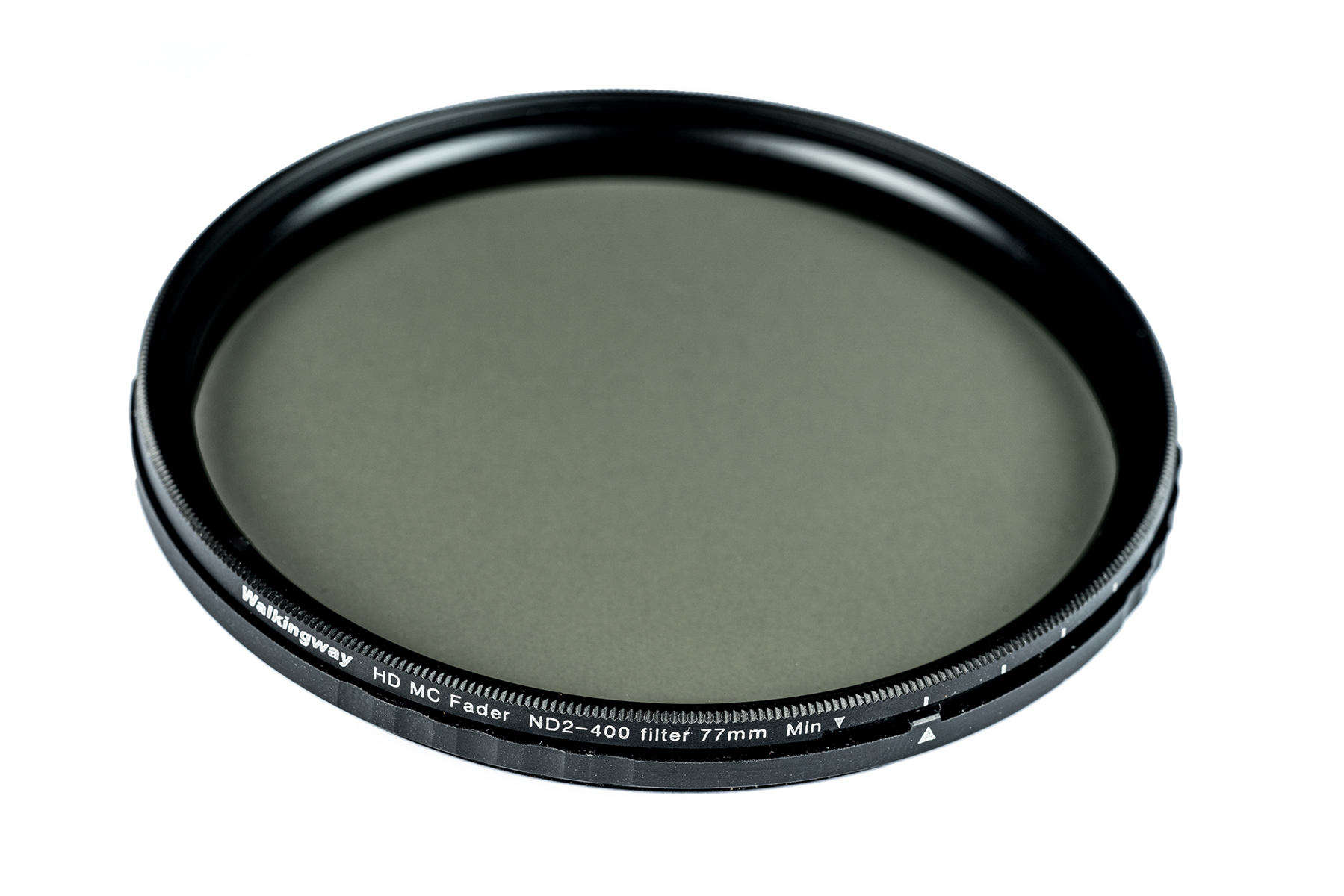
Graduation does not help in any way to understand the degree of darkness, unfortunately. In general, I didn’t understand what
The total dimming range is approximately
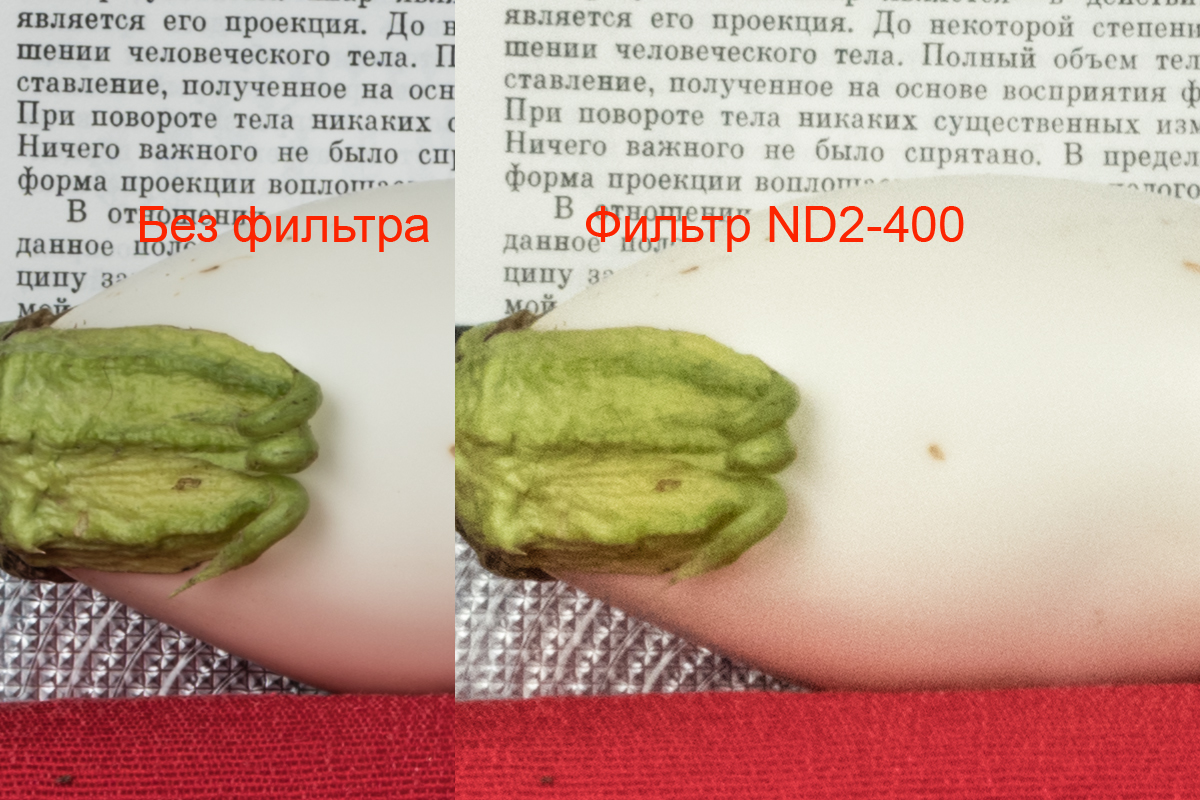


And about the packaging. It seems like a trifle, but it’s nice that the cases are made of unbreakable plastic, equipped with soft gaskets and latches that secure the lid.
